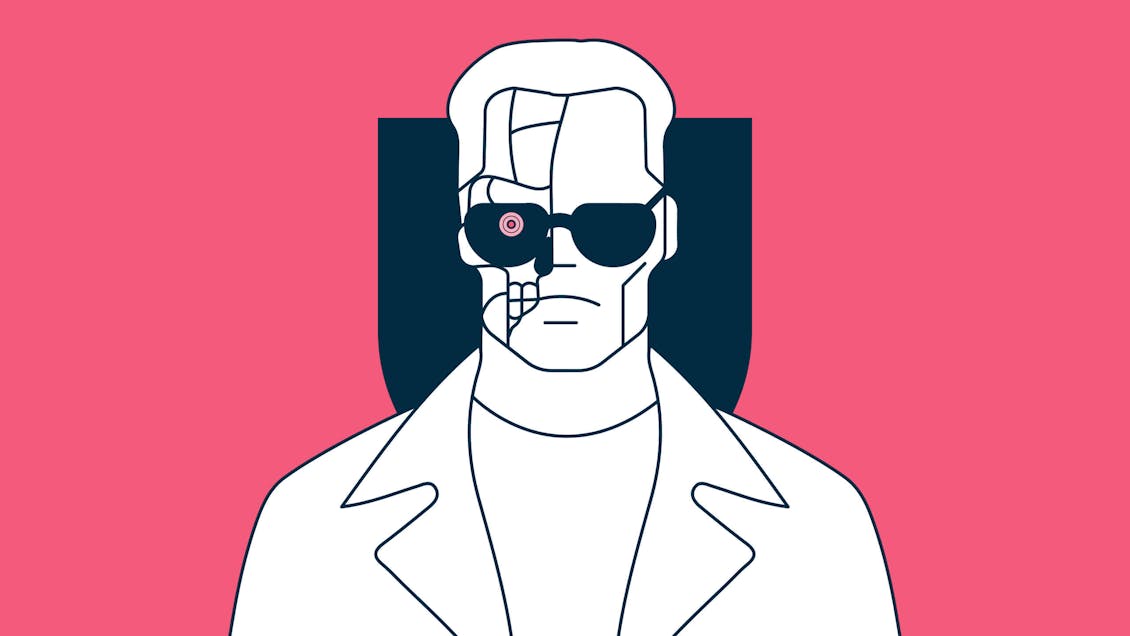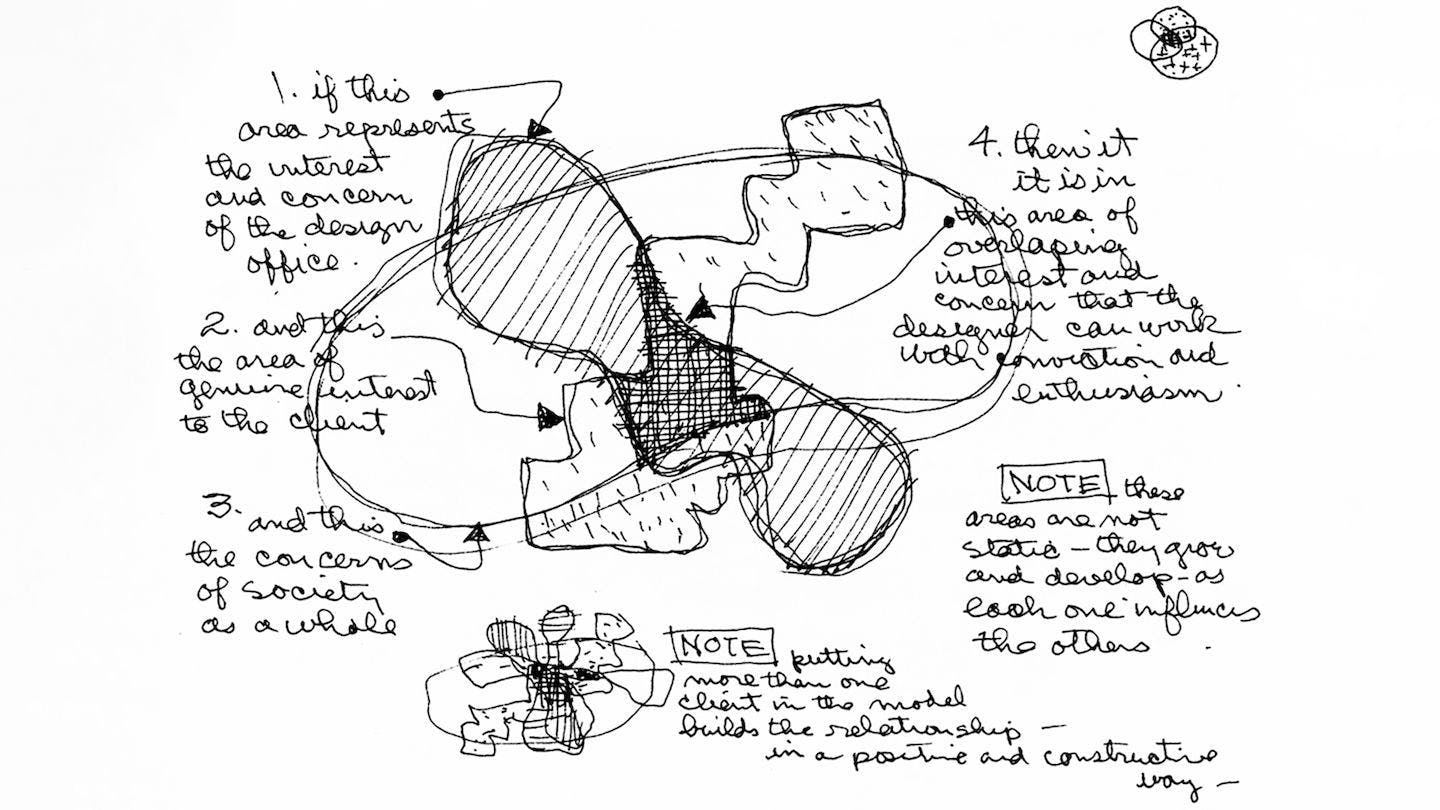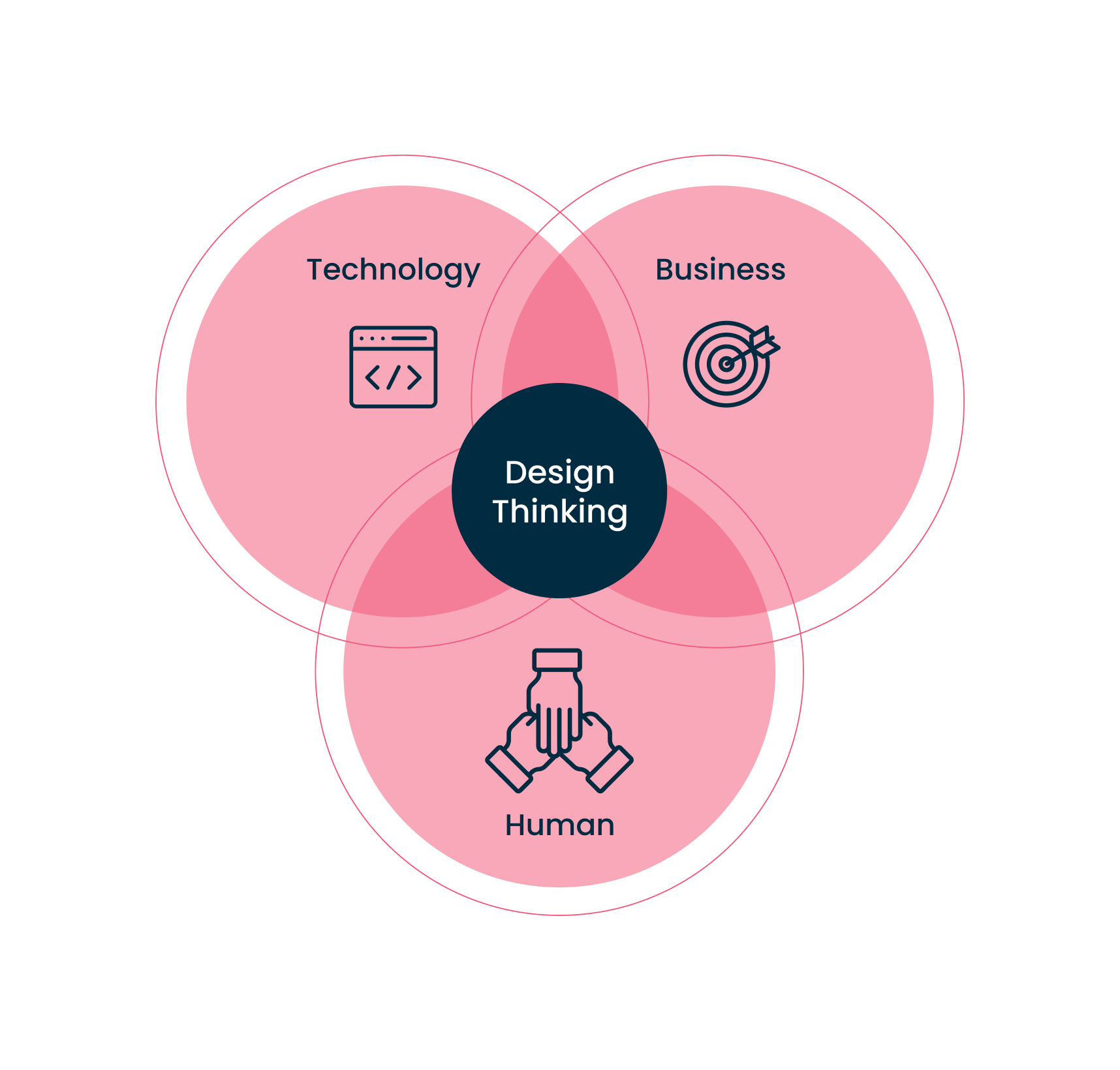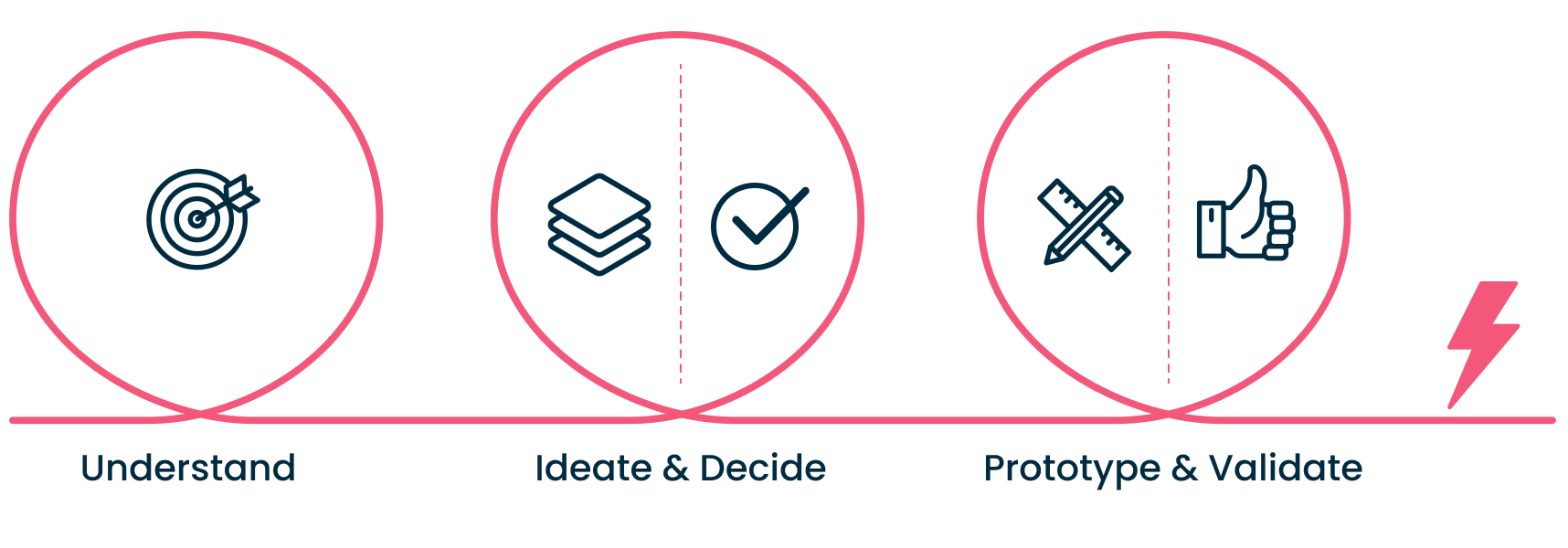AI: Which movie do we want to be in?

Organizations and leaders need a clear strategy on how and why to employ this latest wave of tech
We have this scientific classification of homo sapiens, but actually I think we’re actually a homo techne, which is we are constituted by our technology. We get superpowers from it. — Reid Hoffman, On Being
When I think about this AI moment we are in, two iconic movie memories from my youth come to mind. The first is, of course, “The Terminator” story in which machines take over the world and are bent on the destruction of humanity. The second is a line from “Austin Powers” — “Who does Number 2 work for?”
AI as a core technology will inevitably advance to the point where, given the right circumstances, it could go full Terminator. But the question of who is working for whom — or, maybe better, for what — is a choice we can shape today. Of course, we need to make sure to keep AI writ large as “Number 2,” but let’s dive, for a moment, into how we can inform not only what it is employed to do but how and why.
There is a lot of focus on larger-scale ethics, regulation, and safety protocols (which remain very nascent). I want to focus on what I know about, and what the people who are likely reading this can do about AI now in their sphere of influence.
So what’s the ground game here? How do we best explore and implement the use of AI in our organizations?
Stick with the fundamentals
I am a fervent believer in using design thinking as a framework, culture, and (evolving) set of practices for innovation. Design thinking is about finding that sweet spot intersection of the needs of customers, available tools, and the needs of the business or society. It has been around as a methodology in some form for over 50 years, as evidenced by this 1969 visualization of it by the iconic American design duo Ray and Charles Eames:

Here is our modern version of this glorious Venn diagram:

And here is our version of the relatively standard 5-step design thinking process:

When working through how to best apply AI and where to invest, this process is more helpful than ever. Prioritizing clarity and focusing on articulating the problems to be solved and the value to the business and the users/customers/humans is critical. The impact of AI initiatives on people, businesses, and society can easily get lost in the bright shiny object trap of AI, but we need to be able to clearly answer these key evergreen questions: What problem are we trying to solve? For whom? Why is this better than other approaches? What value are we creating?
Go bionic
There is a wave of anxiety moving through our society that AI will quickly replace the value humans are currently providing who will then be out of a job. The specter of this possibility in uncertain economic times is even more haunting. But we have to reframe and make proactive decisions that position and deploy AI as a way to unlock greater human potential and remember that, as my colleague Morgan Ebbs points out, “the human condition belongs to us.”
We need to go full “Iron Man” on this stuff. Robert Downey’s character remains the protagonist and his suit, while super awesome alien tech, is part of the supporting cast. So when there is a use case where AI can execute a set of tasks more efficiently or accurately or more cost effectively than a human (or all of the above), the question then becomes, what does this now allow the humans (who are already adjacent to that work) to do? How can we upskill them and explore what else is possible?
Take for example, before the 1990s, early career architects had to do years of very manual, rote work being a “draftsman” because all of the drawings were done by hand. Then AutoCAD came along and, after the brief panic of displacement, beginning architects were now participating in the design process directly. More creativity was unleashed which led to a leap forward in architectural design.
Embrace AI in your day-to-day
As we move through the innovation and design thinking process, we should all be playing with and using the increasingly accessible generative AI tools for our practice areas. A part of my job is designing and leading workshops and co-design sessions. I now always invite ChatGPT to participate, so when everyone is heads down for 5 minutes writing ideas on stickies, GPT is given the same prompts and comes up with 10 ideas (although for GPT it’s more like 5 seconds) and they are thrown into the pot along with everyone else’s.
Or I can ask GPT to tease out the top 5 themes from 100 ideas that were just generated. Using AI when ideating about AI brings an embodied sense of what is possible into the room, in addition to accelerating the brainstorming process and adding interesting ideas pulled from the collective zeitgeist.
For a UX researcher, AI might be useful for analyzing transcripts, a copywriter can create 10 variations of a tagline, and an engineer can use Copilot to quickly stand up a proof of concept — the list of use cases goes on.
We are weaving AI into all that we do here at Modus, in addition to client projects focused on AI and several projects in our Modus Labs group. As business leaders, we all need to get on the train and see what is possible for our organization. My colleague Graham Ericksen wrote recently, “For organizations holding back on AI experimentation — perhaps hoping to learn from more AI-advanced organizations’ mistakes and successes — a “wait-and-see” approach comes with financial risk.”
There are choices, small and large, all along the way that will define which movie we end up in in 20 years. May we keep our collective human wellness, the vibrancy and resilience of our communities, and the health of our planet at the center as we integrate AI more deeply and ubiquitously into our lives. Let’s point it at our biggest problems and highest hopes. Who knows, it could actually turn out really great.



